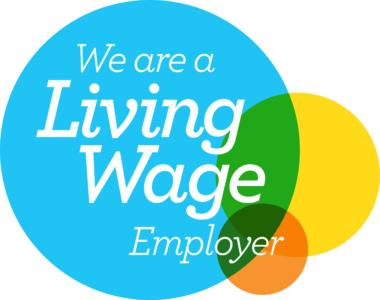With Boris Johnson telling the public that they should now be working from home where possible in a bid to contain the ongoing UK coronavirus outbreak, it is important that consideration is given to the health and safety implications this brings about.
There is a duty on employers to assess the health and safety risks of lone workers; this applies to anyone contracted to work for them and also includes self-employed people.
Lone workers are those who work by themselves without close or direct supervision. Given that many businesses are now operating with employees based at home, there may be greater risks for those working without direct supervision or anyone to help them if things go wrong. Many people within the UK will now find themselves working from home and in essence being a lone worker.
The law requires you to manage the risks of employees working alone; give consideration to who will be involved and the hazards that could cause harm to those working alone. Train, supervise and monitor lone workers and ensure that you deal with any incident and maintain regular contact; this is important given that stress and mental wellbeing are known to particularly effect lone workers. Being away from managers and colleagues can make it difficult to get proper support.
Consideration should also be given to a person’s medical suitability to work alone and the workplace itself, for example if it’s in a rural or isolated area.
These measures apply equally to homeworkers meaning that supervision, education and training must be provided as well as ensuring there are sufficient control measures to protect them. Employers should put procedures in place that enable direct contact with the lone worker so their manager can recognise signs of stress as early as possible. Advances in technology make these easier than ever and can ensure that despite the distance, people still feel ‘connected’. Steps like these will help to ensure that performance is not adversely affected.
If you are unsure whether someone’s health condition means they are safe to work alone, get medical advice. Think about both routine work and possible emergencies that may put additional physical and mental burdens on the lone worker.
The amount of supervision required will depend on the risks involved and their ability to identify and handle health and safety issues. The higher the risk, the more supervision required.
If you would like to discuss in further detail any of the issues raised above, please contact Julie Gowland or a member of our Health and Safety team or Regulatory and Corporate Defence team.
The content of this article is for general information only. It is not, and should not be taken as, legal advice. If you require any further information in relation to this article please contact the author in the first instance. Law covered as at March 2020.








